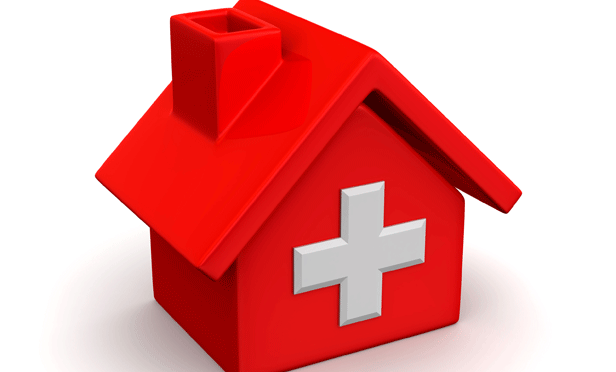A new report from Colliers International signals there is a rising demand for behavioral health services in the US.
Construction for behavioral health hospitals has increased dramatically since 2017, according to the report. In 2018, the supply level was 3.8 million square feet. By 2019, that figure more than doubled to 8.1 million square feet. In 2020, in light of the COVID-19 pandemic, the sector is still growing with 6.4 million square feet set to deliver this year.
While construction costs are declining due to the pandemic, the costs for behavioral health hospitals are expected to hold steady in 2020 at $403.60 per square foot, which is up from $346.80 per square foot just in 2018.
Recommended For You
Want to continue reading?
Become a Free ALM Digital Reader.
Once you are an ALM Digital Member, you’ll receive:
- Breaking commercial real estate news and analysis, on-site and via our newsletters and custom alerts
- Educational webcasts, white papers, and ebooks from industry thought leaders
- Critical coverage of the property casualty insurance and financial advisory markets on our other ALM sites, PropertyCasualty360 and ThinkAdvisor
Already have an account? Sign In Now
*May exclude premium content© 2025 ALM Global, LLC, All Rights Reserved. Request academic re-use from www.copyright.com. All other uses, submit a request to [email protected]. For more information visit Asset & Logo Licensing.








